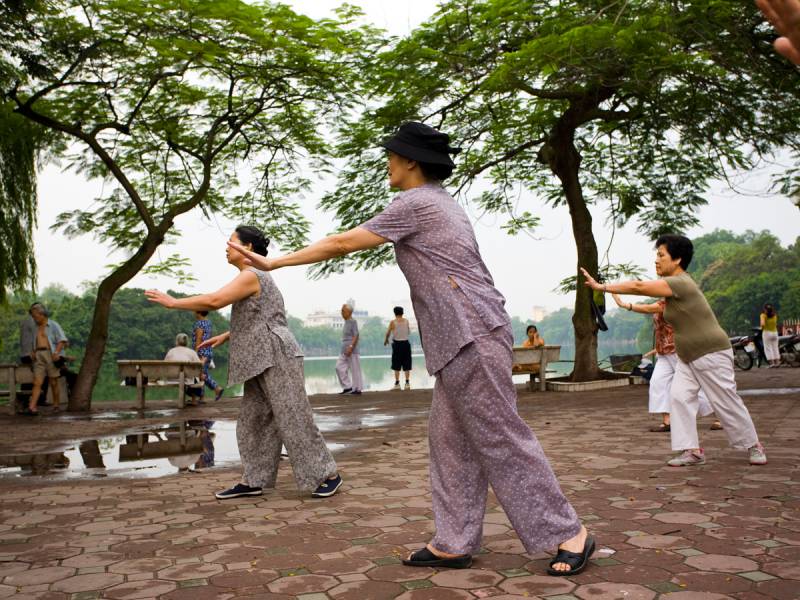Vietnam weather
Although Vietnam lies entirely within the tropics, the Vietnam’s climate surprisingly varies from region to region with the annual average temperature from 22ºC to 27ºC because of its topography. The mountainous people of Sapa in the north might be seeking shelter from snow while the urban dwellers of Ho Chi Minh City in the south seek refuge from mid-day heat.

In the North (from Hai Van mountain pass in the middle of Vietnam to the North), it is the weather of four different seasons in a year: Spring, Summer, Autumn, and Winter. Spring lasts from February to April with warm weather. In Spring, it is characterized by fine drizzle that helps plants grow fast and flowers bloom brightly. Summer lasts from May to August with hot and showery weather. The sun shines almost days. And there are sometimes sudden thundershowers that make summer less hot and become cooler. Autumn lasts from September to November with cool air, and dry and lightly windy weather. It can be said that it is the most beautiful season in a year with yellow leaves falling on the streets and yellow bright shines in day time although sometimes typhoons threaten life and agriculture in the country. Winter lasts from November to January with cold and dry weather. It is the coldest season in a year. Frost and snow can also occur in the mountains (over 1000m above level sea), that make Vietnamese people eager to go up to see and take nice photos of such scare event of a year.
The southern region is predominantly sub-equatorial with two main seasons of wet rainy season and dry season. A wet rainy season ranges from April to September. It is often sunny in mornings and rainy in late afternoons. Showers often rain heavily but stop quickly. A dry season spans the months of October to May. The weather becomes hotter. The Sun shines all days. But it becomes so cool at night. Definitely, the weather is rather stable in the south.





